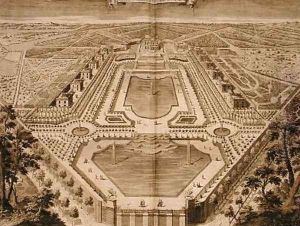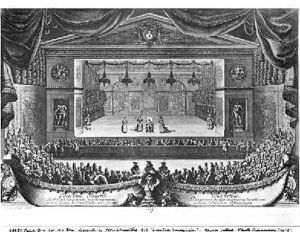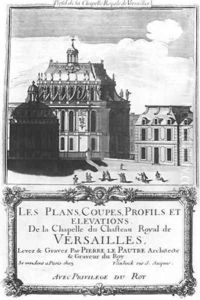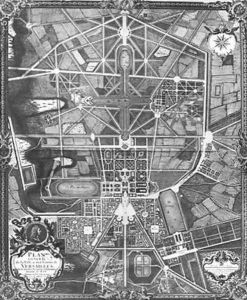Pierre Lepautre Paintings
Pierre Lepautre was a French sculptor and engraver born in Paris in 1652. He came from a family with strong artistic roots; his father, Jean Lepautre, was a renowned designer and engraver, which likely influenced Pierre's early exposure to the arts. He is not to be confused with his uncle, also named Pierre Lepautre, who was an architect. Lepautre the younger was distinguished in the field of decorative sculpture and became known for his refined style and craftsmanship.
Lepautre's talent was evident from a young age, and he was admitted to the Académie Royale de Peinture et de Sculpture in 1677, which was a significant achievement and provided him with the opportunity to refine his skills among the leading artists of his time. His work often featured themes from classical mythology and was characterized by dynamic compositions, elegance, and attention to detail.
During his career, Lepautre contributed to the ornamentation of several significant buildings in Paris and its surroundings, including the Château de Versailles. His work at Versailles included sculptural decorations that showcased his proficiency in creating elaborate, yet harmonious, designs that blended seamlessly with the architecture. Lepautre's sculptures were not limited to royal residences; he also created pieces for religious institutions and was involved in the decoration of several churches.
One of his most notable works is the 'Altar of Peace' in the Church of Notre-Dame de la Paix in Paris, which is a testament to his ability to handle large-scale projects with finesse. His artistic output also extended to designing and engraving illustrations for books, which were highly regarded during his lifetime.
Pierre Lepautre's contribution to the French Baroque style was significant, and his works reflect the grandeur and the decorative richness that characterized the period. He passed away in 1716, leaving behind a legacy as one of the eminent sculptors of his day, whose work continued to influence French sculpture and decorative arts long after his death.



